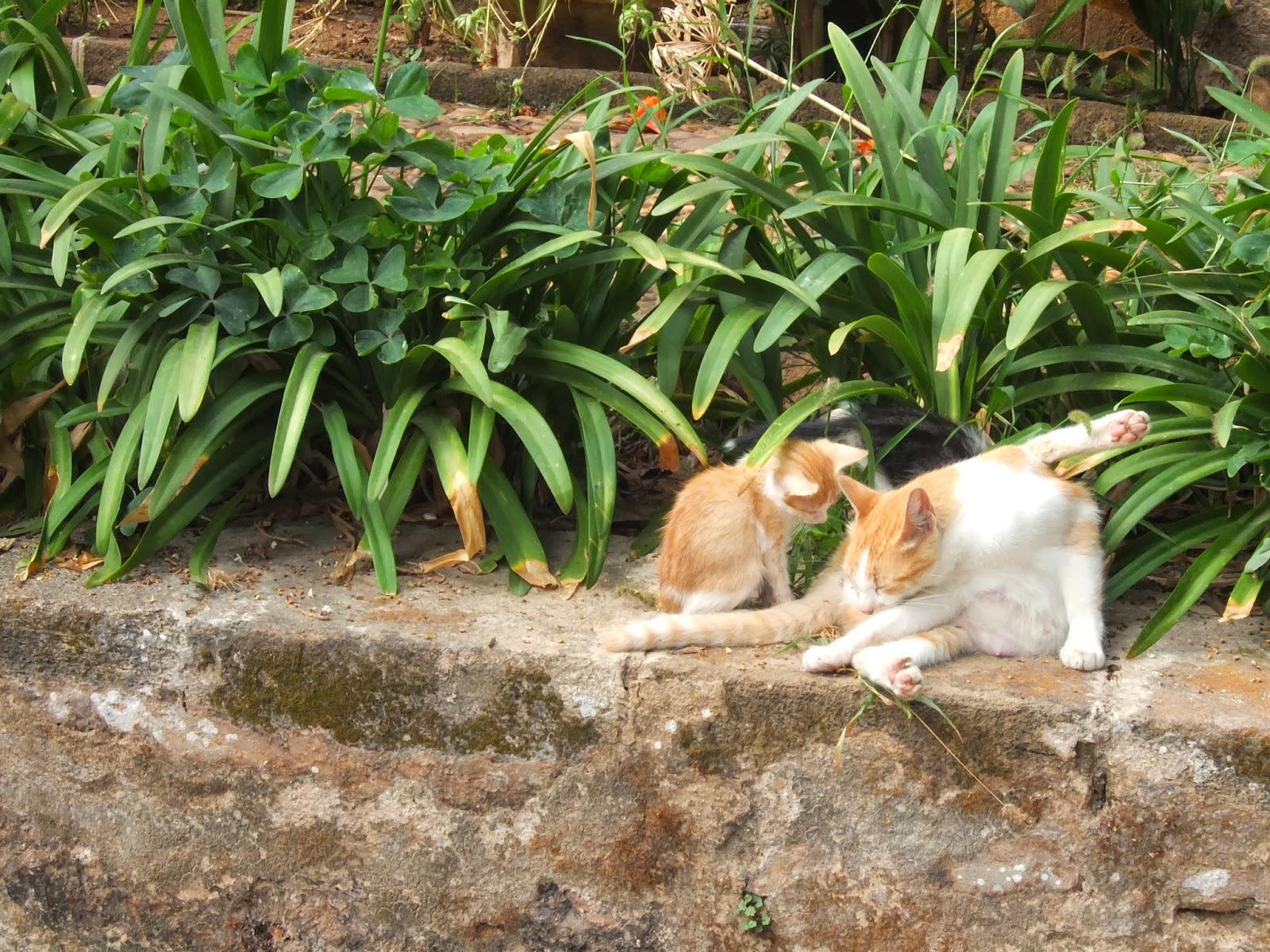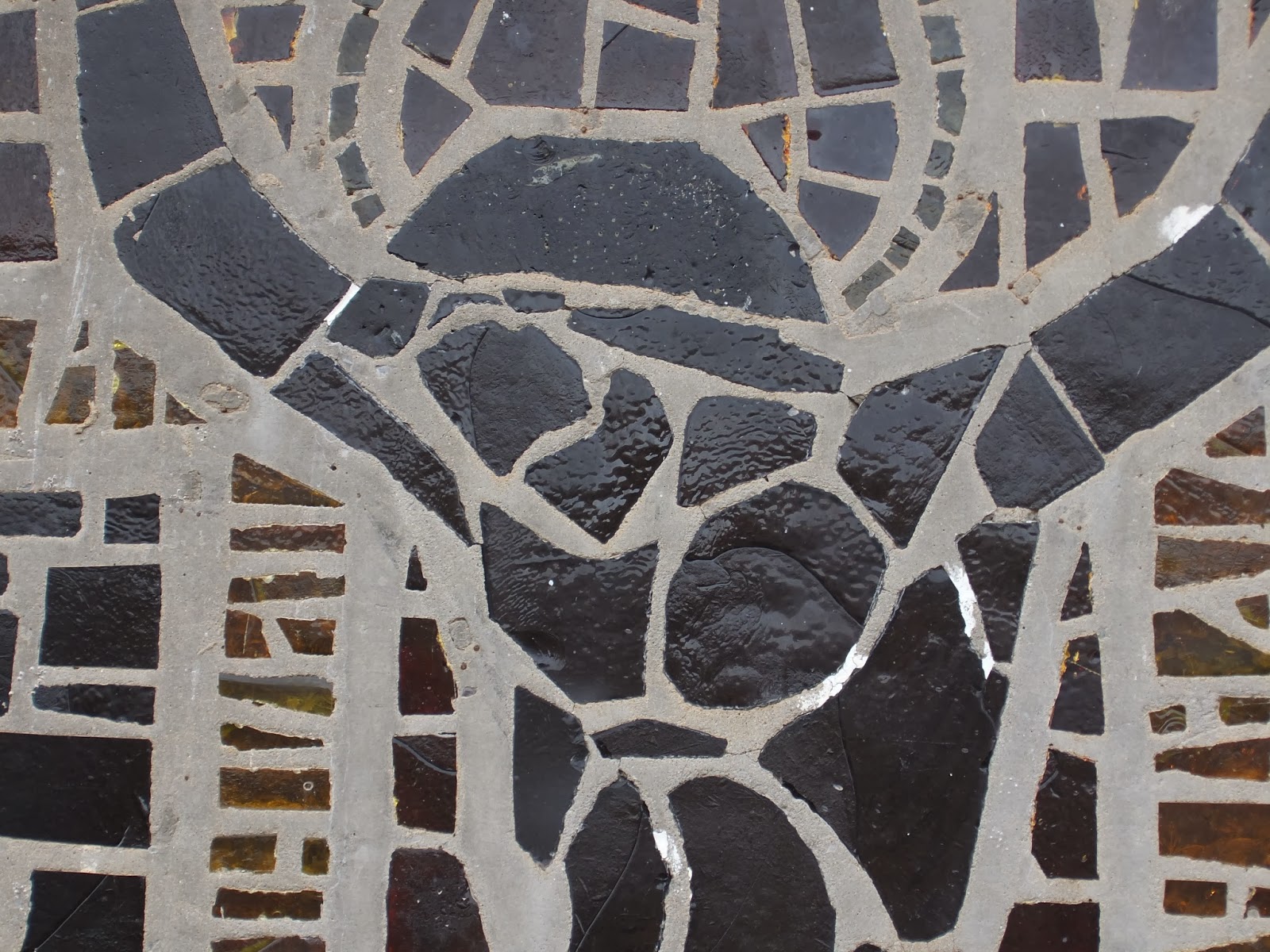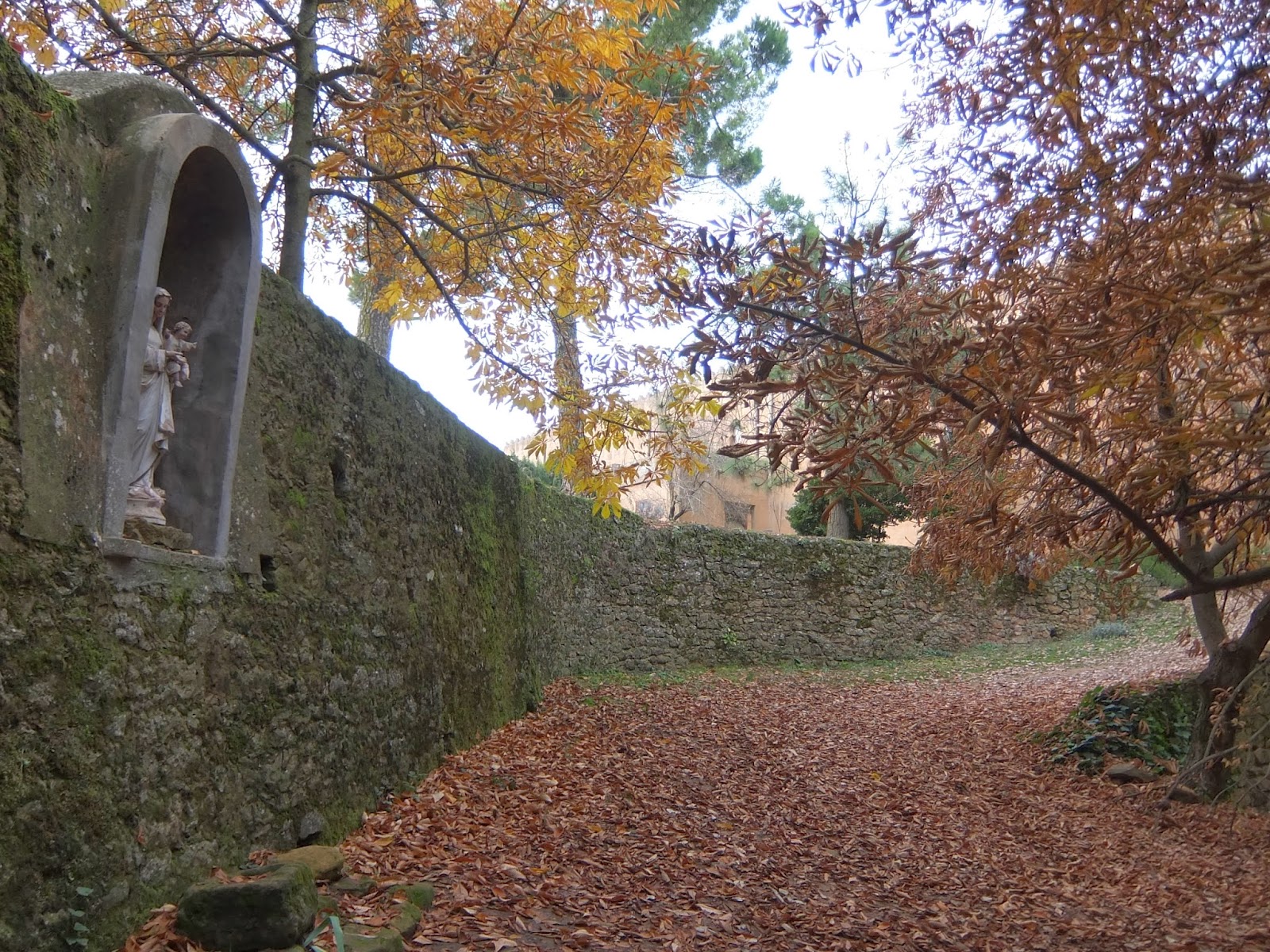In Rabat the Kasbah is located on a small hill at the mouth of the Bou Regreg River where it empties into the Atlantic Ocean. Across the river just to the north of Rabat is the city of Sale, which is much older. Rabat itself dates from around the 12th Century.
The first series of photos are of the sultan's small palace here. A capital on one of the columns.
Plaster lattice work above the windows.
Tile design inlaid in the tile floor.
The open air courtyard.
The courtyard with the ceremonial chair. Whoever was conducting business sat here and whoever had business stood in the courtyard.
The hammam, or steam bath, in the residential part of the house.
The entry hall between the courtyard and the outside garden. The garden was part of the house and surrounded by a wall.
Leaving the palace and garden through a small gate leads you into the public part of the Casbah, narrow streets and many houses and stores.
The main gate to the Casbah, from inside.
The main gate from outside. The gate actually had city offices; now it is sort of a public space -- it had an art exhibit hanging when I was there.
The first series of photos are of the sultan's small palace here. A capital on one of the columns.
Plaster lattice work above the windows.
Tile design inlaid in the tile floor.
The open air courtyard.
The courtyard with the ceremonial chair. Whoever was conducting business sat here and whoever had business stood in the courtyard.
The hammam, or steam bath, in the residential part of the house.
The entry hall between the courtyard and the outside garden. The garden was part of the house and surrounded by a wall.
Leaving the palace and garden through a small gate leads you into the public part of the Casbah, narrow streets and many houses and stores.
The door to the mosque
The main gate to the Casbah, from inside.
The main gate from outside. The gate actually had city offices; now it is sort of a public space -- it had an art exhibit hanging when I was there.



































































